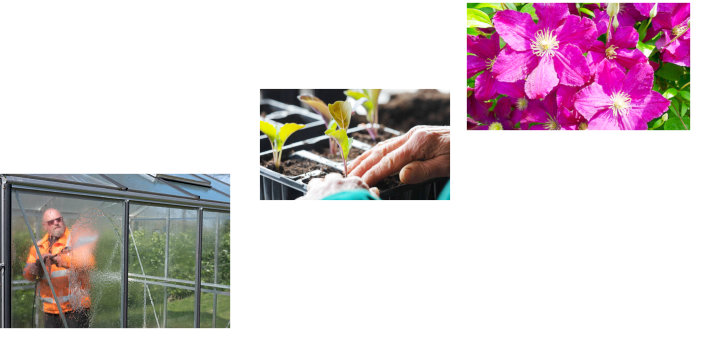One can be mistaken in thinking there is nothing to do in the garden in January and February. It is a period to reflect and take stock, but realistically it is a time for keeping things trim and tidy, and getting ready for the year to come. However, on a cold and sunny day it is a good idea to get outside and prepare for the Spring by cleaning pots and greenhouses and keeping on top of weeding will make life easier later on.
Deciding what you are going to plant in your garden the coming year means you have time to buy seeds and grow plants on yourself. When you look at the cost of mature plants in the garden centres, you can easily grow enough for yourself and to share at a fraction of the cost. There are a vast array of seeds on offer and it is always good to try something new. Seedlings just need some trays (old plastic food trays are fine with some holes cut in, some compost and then light and water – just put them on a window sill. Once they start to grow, you can thin them out and move to slightly larger pots (recycle some such as yoghurt pots or similar) Some vegetable crops can even be planted outside in February to give them a good start – parsnips, broad beans, salad onions, garlic and shallots. Make sure you check the information on the packet for planting advice.
There is probably plenty of pruning and tidying to do such as wisteria, winter jasmine, hydrangea, Buddleia, Cornus, evergreen shrubs and of course, roses (this is the perfect time to prune these). If you have any late flowering clematis these are the easiest to prune and should be done in early spring. Cut them back to a pair of strong buds about 8” (20cm) above the ground. Ornamental grasses should be cut back to within a few centimetres of the ground. Continue to tidy up perennials and continue to deadhead winter pansies and cyclamen to continue getting colour in the garden. January is also the best time to begin pruning apple and pear trees, blackcurrants, gooseberries and redcurrants.
